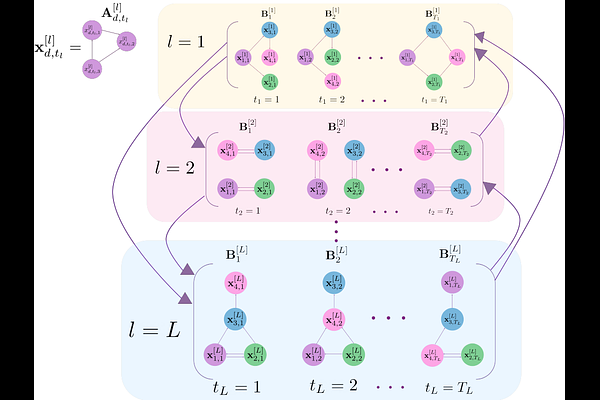The Extended Life Cycle: A Multiscale Modeling Framework for Extended Evolutionary Dynamics

The Extended Life Cycle: A Multiscale Modeling Framework for Extended Evolutionary Dynamics
Velez-Cruz, N.; Laubichler, M. D.
AbstractA complete explanation of evolutionary change requires reconciling processes that operate across multiple time scales. Development, the processes by which traits are generated, unfolds over an individual\'s lifetime; heredity, encompassing the diverse forms of information transmission, occurs across generations; and population and ecological change often take place over even longer temporal horizons. Capturing these layered dynamics in a formal mathematical framework is essential for advancing evolutionary theory in line with recent conceptual developments, such as Extended Evolutionary Theory (EET) or the Extended Evolutionary Synthesis (EES). In this work, we introduce the Extended Life Cycle (ELC), a multiscale mathematical modeling framework that centers the life cycle as the fundamental unit of evolutionary analysis. In contrast to traditional gene-centric approaches, the ELC formalism captures the nested temporal structure and multilevel causal architecture of biological systems by modeling development, heredity, population, and ecological dynamics across distinct but interacting timescales. Each layer is expressed as a stochastic state-space model, enabling feedback across levels and accommodating diverse interaction topologies and inheritance systems. We demonstrate the utility of the ELC through a Bayesian simulation to estimate latent dynamics across three time scales. By formalizing the life cycle as a dynamic scaffold, the ELC offers a flexible foundation for modeling evolution in complex systems.